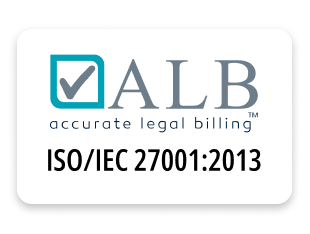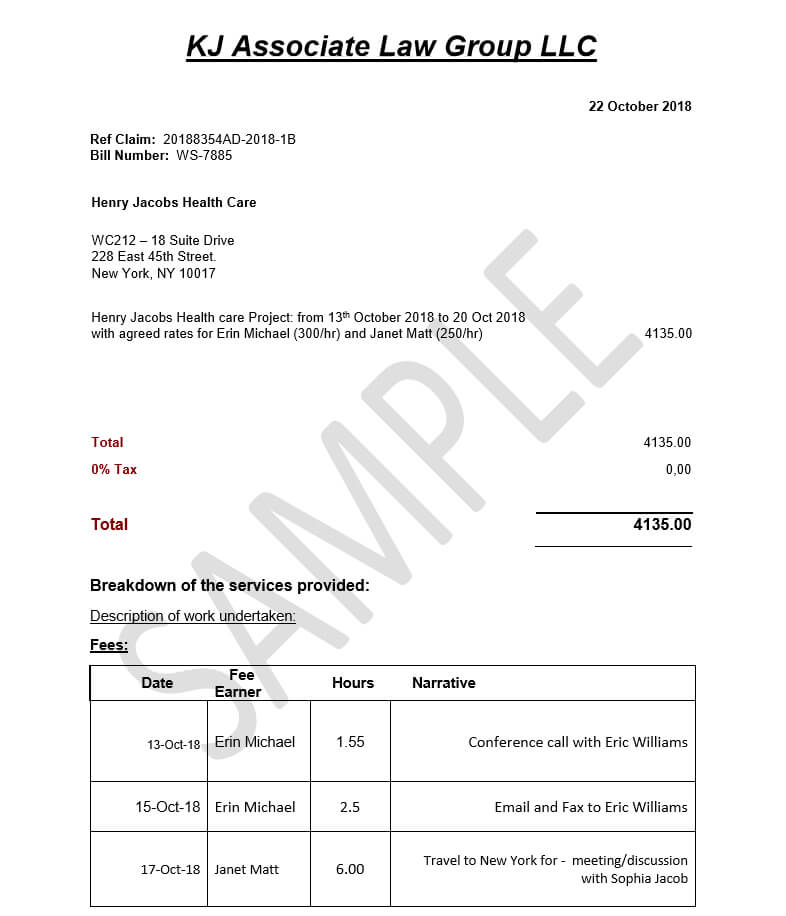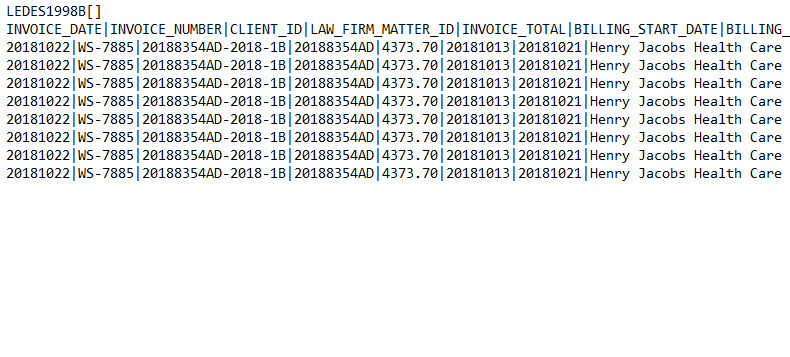
What Is the Legal Bill Review Process?
If you are looking for a clear definition, Legal Bill Review (LBR) is the detailed examination and analysis of law firm and legal vendor invoices to ensure they align with agreed-upon billing guidelines and ethical standards. The primary goal is to manage legal costs, prevent overpayments, and gain insights into legal spend data.
LBR is a legal operations best practice that helps bridge the gap between legal teams and finance departments by translating legal work into accountable, trackable billing data.
What Are the Key Steps Involved in the Legal Bill Review Process?
A Legal Bill Review (LBR) process involves examining invoices from law firms and legal vendors to ensure compliance with established billing guidelines and to manage legal spending effectively. Some of the key steps include:
• Setting clear guidelines
• Performing initial verification for red flags
• Deep diving into invoice details for trends
• Optimizing the budget
• Documenting feedback
• Conducting regular audits
This process uses detailed analysis and often software-driven legal billing tools to identify overcharges, verify services, and ensure ethical billing practices, ultimately leading to cost savings and better decision-making.
According to the Association of Corporate Counsel (ACC), 74% of corporate legal departments cited “spending efficiency” as a top priority in the latest benchmarking report. A robust legal bill review process is key to making that happen.
Why Is Legal Bill Review Important?
Before jumping into the process itself, it’s important to understand why so many legal departments are prioritizing legal bill review. Below are a few reasons that help you understand that LBR is more than just a cost-control tool:
• Cost Management
LBR identifies and helps prevent unnecessary costs, duplicate charges, and non-compliant activities, leading to significant savings. Industry sources show organizations can save 6–11% of legal spend annually through structured bill reviews.
• Compliance
It ensures that law firms adhere to billing guidelines, engagement terms, and legal and ethical standards, which are key for regulatory and internal audits.
• Data-Driven Decisions
By reviewing invoices, organizations can gain valuable insights into their legal spending, enabling more informed financial and strategic decisions.
• Increased Efficiency
Automation and technology streamline the review process, freeing up legal professionals to focus on core legal strategies rather than manual invoice tasks.
• Transparency and Accountability
A well-defined LBR process promotes transparency between the client and the law firm, fostering accountability in billing practices.
The Legal Bill Review Process: Step-by-Step Guide
If you're wondering how to conduct a legal review, here's a simplified version of the actual process most legal departments or review vendors follow.
Each step builds upon the last, starting from preventive measures (like setting expectations) to enforcement and improvement (like audits and feedback loops).
1. Establish Clear Billing Guidelines
Before reviewing any invoices, define comprehensive guidelines for outside counsel and vendors to ensure transparency and set clear expectations. This should include billing rates, staffing, disbursement policies, and formatting standards.
2. Perform Initial Invoice Verification
Scan the invoice for immediate issues such as incorrect dates, missing documents, or obvious red flags, addressing these early to save time and resources.
3. Dive Deeper into Invoice Details
Conduct a thorough comparison of invoices against historical data, looking for patterns, trends, and inconsistencies in billing. Watch for things like block billing, vague task descriptions, or excessive partner involvement.
4. Use Legal Bill Review Software
Making use of advanced technologies like AI and machine learning to automatically cross-reference line items against guidelines, flagging discrepancies and performing analysis efficiently. According to a recent study, law firms lose 6–10% of revenue annually due to manual review inefficiencies automation helps close that gap.
5. Document and Communicate Feedback
Keep detailed records of the review findings and provide clear, constructive feedback to law firms and vendors to maintain accurate billing practices and collaborative relationships.
6. Conduct Regular Audits
Periodically audit the billing practices of outside counsel to ensure ongoing compliance and to refine billing guidelines as needed. The ABA recommends formal billing audits, especially for matters exceeding threshold budgets.
What Are the Common Billing Errors to Watch For?
There are some billing mistakes that often go unnoticed, but they can cost you big. Legal bill review is especially helpful for spotting these common issues:
• Block billing: Grouping several tasks into one time entry without explaining each task
• Vague descriptions: Entries like “legal research” or “case review” with no detail
• Duplicate entries: Charging twice for the same work
• Overstaffing: When senior lawyers do work junior staff could handle
• Inflated time entries: Logging more time than a task reasonably requires
• Disallowed disbursements: Unapproved charges like meals or travel
• Administrative billing: Charging for scheduling or filing
• Rate violations: Using higher rates or incorrect billing increments
Even one small slip-up, if repeated, can snowball into thousands of dollars in overpayment across multiple matters.
Who Should Conduct the Legal Bill Review?
There are usually three ways organizations handle legal bill review:
• In-house legal teams: Your legal staff reviews the bills. Offers control but can be time-consuming without automation.
• Third-party bill review providers: External experts who use trained reviewers and advanced tools to flag issues and overcharges.
• Hybrid approach: Combines automation tools, internal review, and external expertise to streamline results.
No matter the model, the key to success is having consistent review processes and skilled reviewers in place.
How Often Should Legal Bills Be Reviewed and What Tools Help?
How often you review legal bills depends on your company’s size, legal spend, and how many invoices you handle. Some teams review bills weekly, monthly, or quarterly, while others do it annually, but there’s no one right answer for everyone.
More and more organizations are choosing to review legal bills in real-time or near-real-time. This helps catch issues early, avoid overpaying, and stay on top of budgets before things get out of hand.
To make the process easier and faster, many teams use legal bill review tools and automation software. These tools can help you:
• Keep invoices organized
• Apply your billing guidelines consistently
• Spot errors, duplicates, or non-compliant charges
• See legal spend trends through easy-to-read dashboards
Some tools also use AI to speed things up, but human review is still important, especially when invoices are unclear or complicated.
So it can be said that having a strong legal bill review process supported by smart tools and experienced reviewers helps you stay compliant, avoid billing issues, and make better financial decisions.
Need help improving your legal billing process?
Connect with us now. We will help you gain more control over legal costs, reduce billing issues, and get the clarity you need.

.png)



